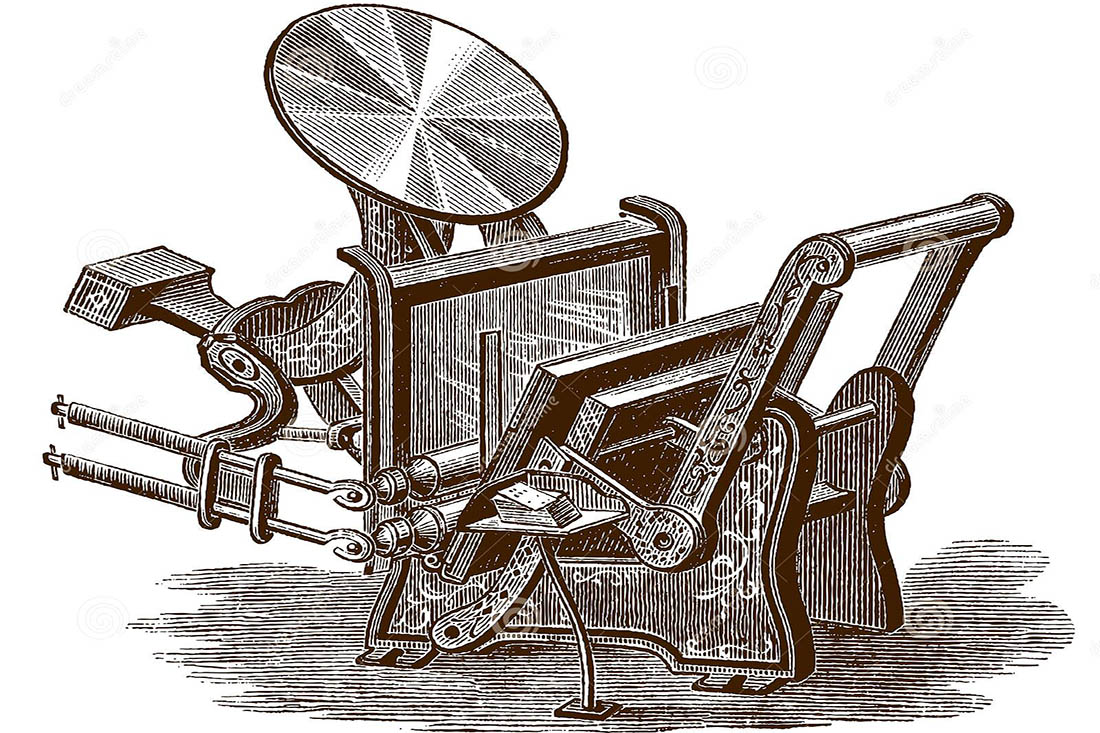El Instructor General (1821), El Lince Principeño (1821), El Patriota Principeño (1822) and El Zurriago Principeño (1823) newspapers were published at the Patriotic Printing House run by José Minueses, considered the first Camagüeyan dedicated to printing and journalism.
The researcher and journalist Juan Marrero points out that in the so-called second constitutional era, from 1820, the metropolis granted the island manifest freedom of the press in Havana, Puerto Príncipe and Santiago de Cuba. Although for a short time, there was an increase in publications with dissimilar characteristics.
El Zurriago Principeño (1823) newspaper was the most far-reaching one. It was founded on January 8th, 1823. Due to its counter-hegemonic style against the Spanish government, it was censored and closed at the end of the same year in which it was founded.
El Zurriago Principeño: some details
In one of its articles entitled “Freedom” the following phrase stands out: “I want dangerous freedom more than peaceful slavery.”
The researcher and journalist Eduardo Labrada highlighted the considerations of Bachiller and Morales: “(…) I have read their scope in octosyllabic romances in the form of dialogue, which are full of anger and violence against the party that is called there by the pious who are supposed to serve them in opposition to the liberal in which it is included (…)”.
Thus, the opposing visions and positions had a representativeness and ideological battlefield in the press.
As confirmation of a pro-independence position, Labrada points out that the local government circulated a communication in which the editors of the newspaper were accused of being active followers of the Soles y Rayos de Bolívar organization, although it was not proven.
This newspaper was distributed on Wednesday and Friday of each week, and the subscription was opened for eight reales. The Dictionary of Cuban Literature distinguishes that it was a biweekly newspaper that began to be published on January 8th, 1823.
The many verses that, according to Llaverías, saw the light of day in this newspaper, were signed with the pseudonyms Vela, Pavilo con sebo, El pentapolin, El lancero de los llanos, La pala and Un anti-tirano, which he reproduces in his work.
Regarding the disappearance of this newspaper, the following is stated: “In the act of being abolished the constitution at the end of 1823, El Zurriago Principeño was suppressed, as happened to the majority of the newspapers that were published on the Island of Cuba and that were born under the protection of the freedom of the press.
Final considerations
Its extinction is due to the report of the general censor of the printing presses every four months to the Governor and the Captain General. The main incidents that occurred should be explained in detail.
The foregoing demonstrates the ephemeral life of El Zurriago Principeño, which, as happened to most of the newspapers that were published on the Island of Cuba and that were born under the protection of the freedom of the press, were censored.
References:
– Labrada, Eduardo (1987) La prensa camagüeyana del siglo XIX, Editorial Oriente.
– Marrero. Juan (2018) Dos siglos de periodismo en Cuba. Momentos, hechos y rostros. Editorial Pablo de la Torriente.
Translated by: Aileen Álvarez García






